Cisco Hoot and Holler over IP
Glossary
Glossary
CIR???Committed information rate. The average rate of information transfer a subscriber (for example, the network administrator) has stipulated for a Frame-Relay PVC.
Codec???Coder-decoder. Device that typically uses pulse-code modulation (PCM) to transform analog signals into a digital bit stream and digital signals back into analog signals. In Voice over IP, it specifies the voice-coder rate of speech for a dial peer.
Dial peer???An addressable call endpoint that contains configuration information including voice protocol, a codec type, and a telephone number associated with the call. There are five kinds of dial peers: POTS, VoIP, VoFR, VoATM, and VoHDLC. In Voice over IP, there are two kinds of dial peers:
???POTS???Connected through a traditional telephony network and points to a particular voice port on a voice network device.
???VoIP???Connected through a packet network (IP network for VoIP) and points to specific VoIP device.
DSP???Digital signal processor.
DTMF???Dual tone multifrequency. Uses two simultaneous voice-band tones for dial such as touch-tone.
E&M???Ear and mouth. Stands for the 2-wire or 4-wire interface with separate signaling paths for the receiving and transmitting signals???a type of signaling traditionally used in the telecommunications industry. Indicates the use of a handset that corresponds to the ear (receiving) and mouth (transmitting) component of a telephone. E&M is a trunking arrangement generally used for two-way switch-to-switch or switch-to-network connecting. The Cisco analog E&M interface is an RJ-48 connector that allows connections to PBX trunk lines (tie lines). E&M is also available on E1 and T1 digital interfaces.
FXO???Foreign Exchange Office. An FXO interface connects to the Public Switched Telephone Network (PSTN) central office and is the interface offered on a standard telephone. The Cisco FXO interface is an RJ-11 connector that allows an analog connection at the PSTN's central office or to a station interface on a PBX.
FXS???Foreign Exchange Station. An FXS interface connects directly to a standard telephone and supplies ring, voltage, and dial tone. Cisco's FXS interface is an RJ-11 connector that allows connections to basic telephone service equipment, keysets, and PBXs.
Hoot and holler???A broadcast audio network used extensively by the brokerage industry for market updates and trading. Similar networks are used in publishing, transportation, power plants, and manufacturing.
IVR???Interactive voice response. When someone dials in, IVR responds with a prompt to get a personal identification number (PIN), and so on.
PBX???Private branch exchange. Digital or analog telephone switchboard or switching facility located on the subscriber premises and used to connect private and public telephone networks.
PVC???Permanent virtual circuit.
QoS???Quality of service. QoS refers to the measure of service quality provided to the user.
TDM???Time-division multiplexing.
Trunk???Service that allows quasi-transparent connections between two PBXs, a PBX and a local extension, or some other combination of telephony interfaces to be permanently conferenced together by the session application and signaling passed transparently through the IP network.
VAD???Voice activity detection.
VIC???Voice interface card.
Cisco IOS Release 12.1(5)T

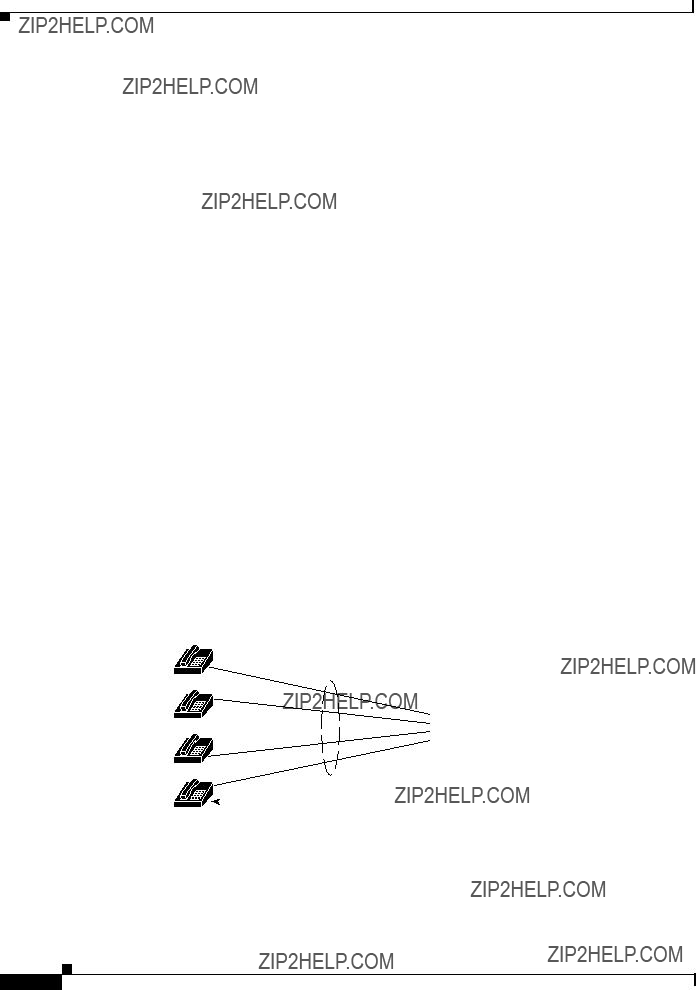
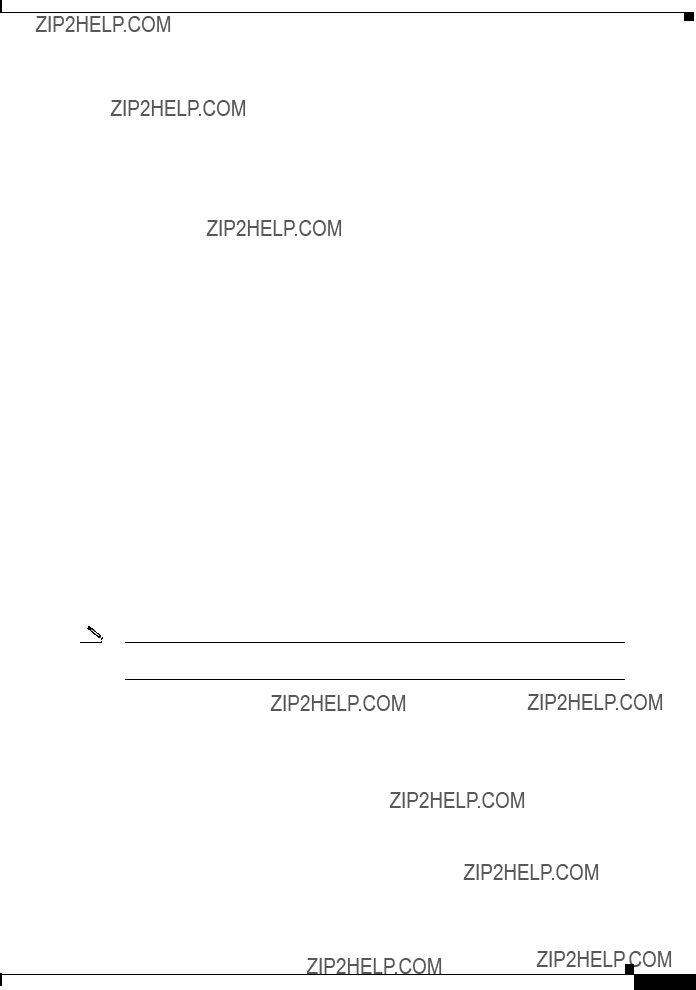
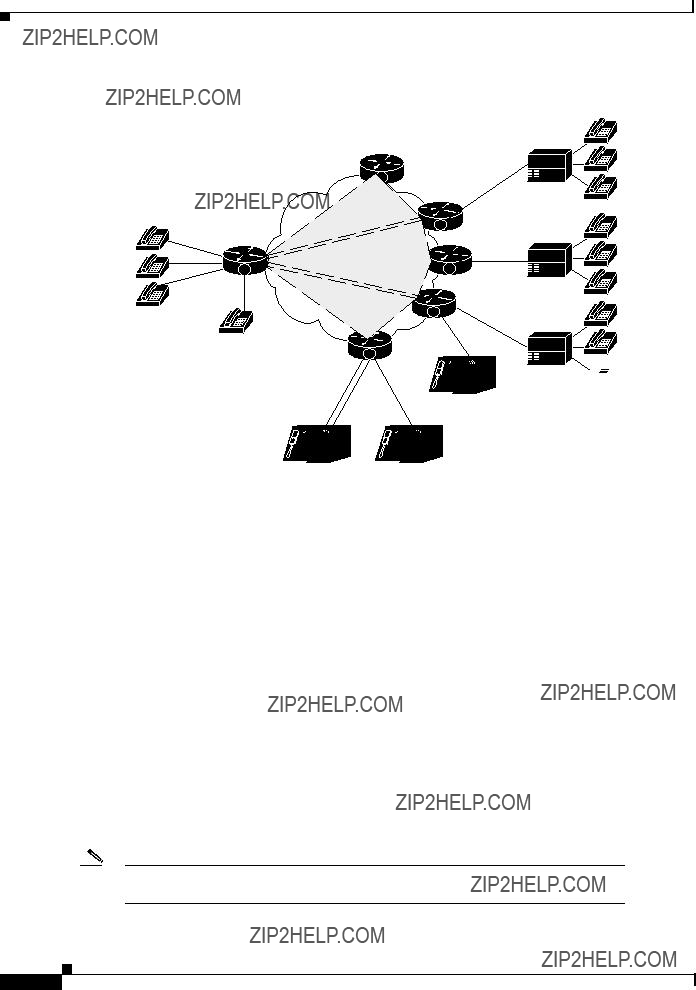
 35839
35839


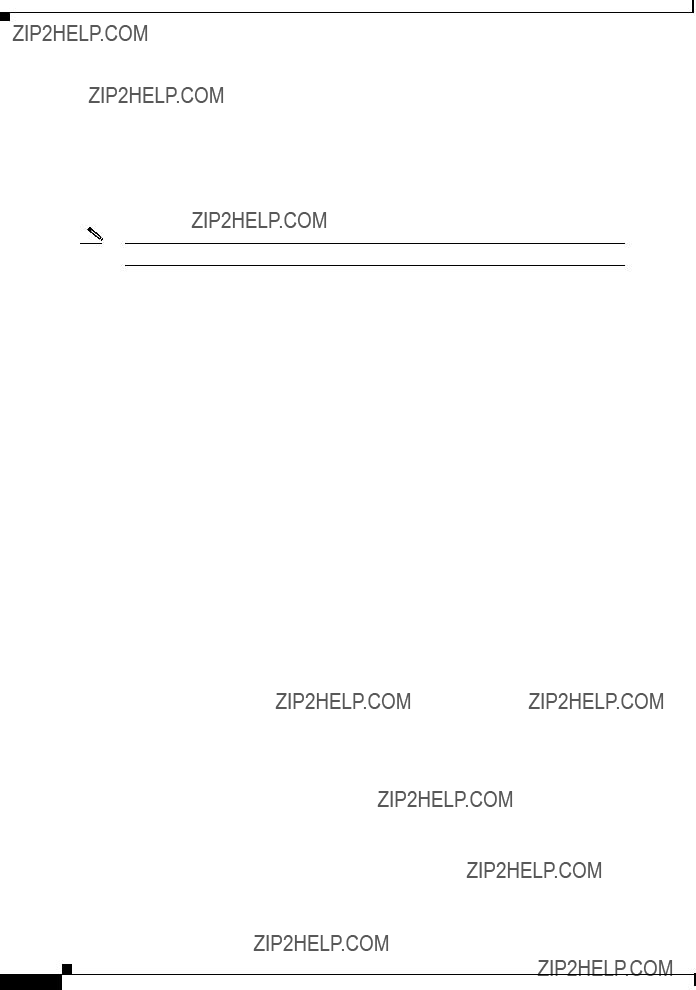






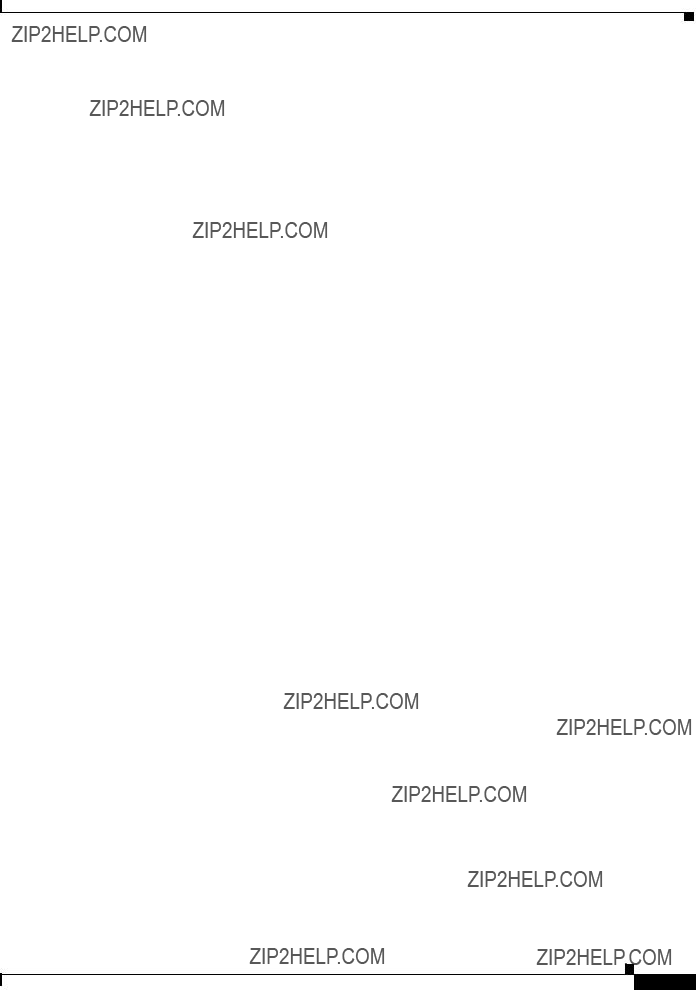

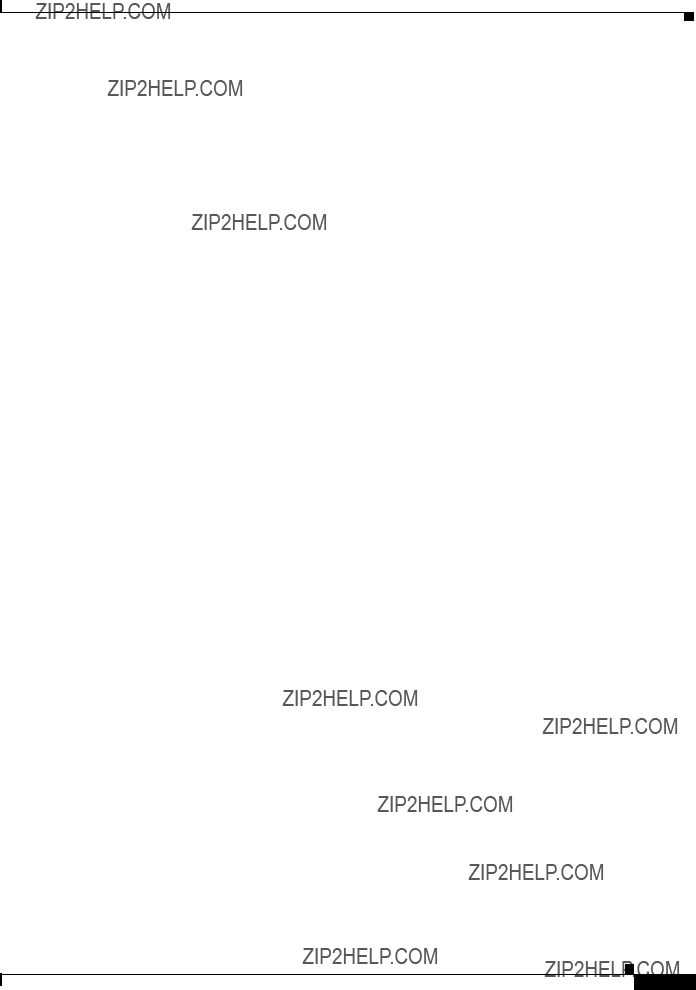








 Router 1
Router 1





